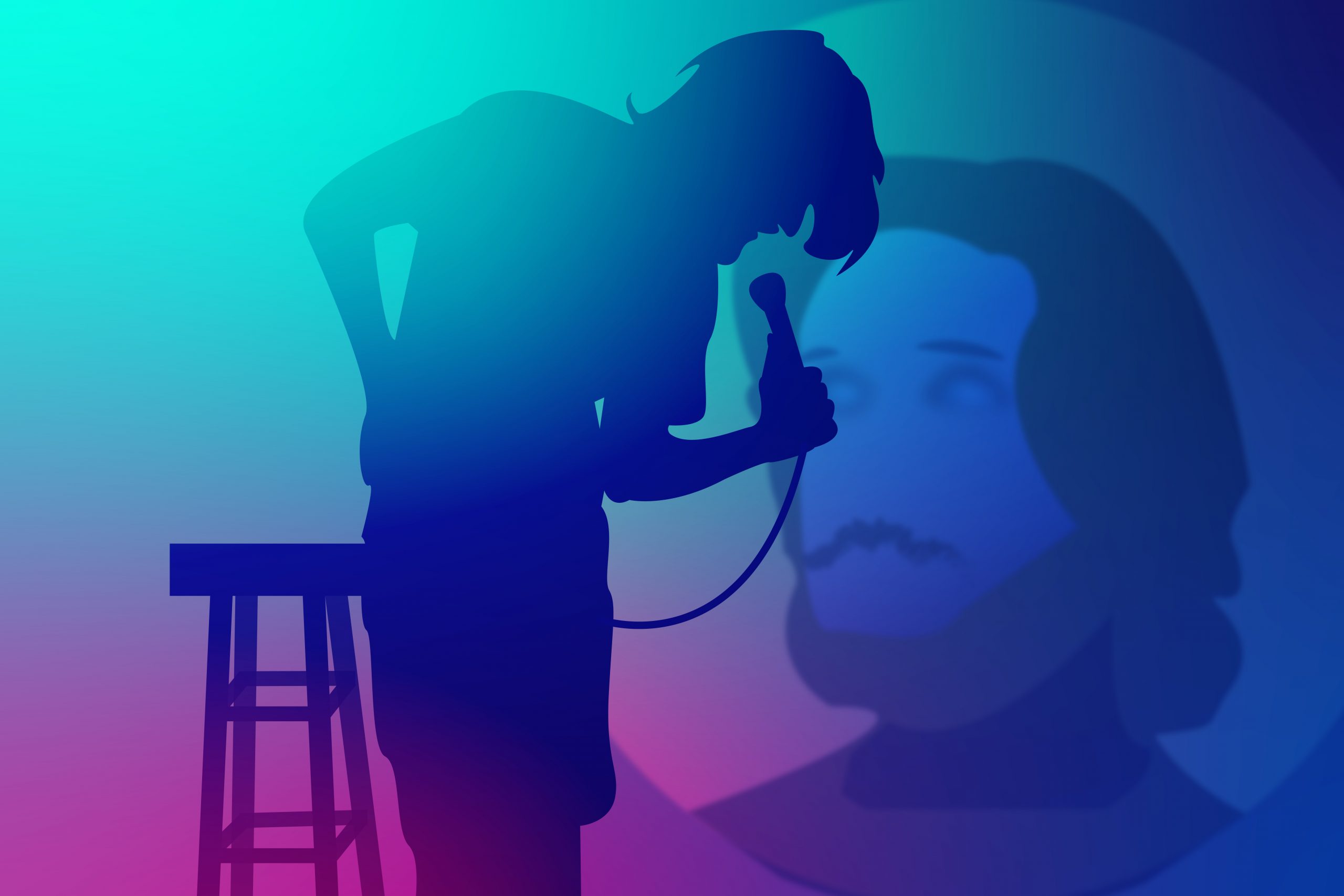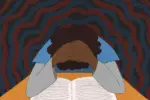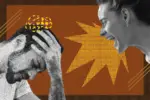Content Warning: This article has brief mentions of suicide.
Every time I watch “Inside,” its impression on me changes. Without any word from Bo Burnham on the meaning of his recently released “comedy” special, we viewers are left scrambling as we try to contextualize every last detail together into an overarching meaning. I personally feel like I bought a 1,000-piece puzzle and I’ve barely dented the border, but with each viewing, I get that much closer to seeing a clearer picture. That’s probably what makes “Inside” so addicting: As of now I’ve watched the entire special five times in the span of one week, and I’ve listened to the album on Spotify at least a dozen times. As I write this sentence, the first verse of “How the World Works” is blasting through my headphones.
Part ⅓
The beginning of “Inside” appears to tackle how the pandemic has brought our inauthentic use of the internet to life. Whether he’s addressing performative activism in “How the World Works,” the posed perfection of social media in “White Woman’s Instagram” or our ability to hide behind our words on a screen in “Sexting,” Burnham heavily showcases a critique of our digital society as a collective. After all, this past year has forced us to not only use the internet as our primary means of communication, but it has also given us a lot of extra time to pick apart what’s damaging about it.
The “Oh Shit” Moment
The first song that’ll make any viewer question the meaning of “Inside” is “Look Who’s Inside Again,” a song that stabbed me in the chest multiple times. The first verse is pretty on-par with the pandemic theme, but then we hear the lyric, “I was a kid who was stuck in his room.” Burnham is currently 30 years old, and this special was made during the pandemic. This alone may not seem like enough to catch our attention, but then we get to the chorus’s final knockout move: “Well, well, look who’s inside again. Went out to look for a reason to hide again.” This song marks the point during “Inside” where it’s not just a critique of our current society’s dysfunctionality during a pandemic anymore. This is where it begins to be about Burnham’s declining mental health.
To anyone who has struggled with their own mind, this song is going to sting. The first time I listened, I felt like I was having an emotional allergic reaction. During the pandemic, I started seeing a psychiatrist for the first time in my life. After meeting, she concluded that I have a mental illness called major depressive disorder, which is characterized by feelings of worthlessness, lack of energy, loss of interest, slow thought and movement and more. In my experience, my depression has made it hard for me to find the energy to get out of bed, feed myself, find something that makes me feel better or care about things I normally care deeply about. Taken at face value, this song is about being forced to stay inside during the pandemic, but it’s so much more than that. Burnham, just like many of us watching through our screens at home, is stuck in his own mind.
Part ⅔
This is where we really get to see a vulnerable side to Burnham. We watch him turn 30 alone in his dark room, he sings a catchy song about how he feels shitty and suicide is mentioned more than once, both as a plea to the audience to not commit suicide and as a personal cry for help. This isn’t about the pandemic anymore, but was it ever really? An interesting detail worth mentioning is how the pandemic is never directly brought up throughout the entirety of “Inside.”
His critique of the internet also carries into this section of “Inside.” A lot of his references are YouTube-related since that’s where he got his start back in 2006. Even though the existence of the internet is what launched his career and success, we see how much the internet is in control of Burnham and how it set him back in terms of his mental healing. Not only did the internet set him back, but his content creation as a whole deeply impacted him, which we learn when he tells us how he had to quit stand-up comedy due to frequent panic attacks on stage during performances.
That Funny Feeling
The most hauntingly beautiful song in this special is “That Funny Feeling.” Burnham sings and plays the acoustic guitar in front of a projection of trees, a huge contrast to the majorly spastic visuals and feels during the previous songs of the special. When listening initially, the lyrics may seem like reference soup, but it’s so much more. This is the point where he realizes that no matter how much content he creates and consumes, his mind will never be completely healed.
The last verse before the final chorus has a lyric that really concerns me and many others as it’s yet again a mention of suicide: “The quiet comprehending of the ending of it all.” Burnham has been suffering, and he is sharing this suffering with those who are battling mental health to make them feel less “insane” or invalid. That “funny feeling” he mentions in every chorus is his vague realization that even if he feels better, he can’t will away his mental illness.
Part 3/3
Like the rest of the special, there’s so much I could say here that I’ll summarize with one phrase: holy f–k, this hurts. The special ends with Burnham going outside for the first time, where he’s greeted by a spotlight and a laughing audience. In a panic, he tries to get back inside, but the door is locked and he’s once again stuck. We see this exact scene continue on a projector inside Burnham’s room, where he himself is watching this panic play out. He smiles, and the special ends. I see this as a nod to the fact that even though he can’t escape his own head, he can at least use his suffering for validation and make his fans laugh. If anything can sum up “Inside,” it’s the credits’ end with a screen about suicide.
Closing Thoughts
1,000 words describing this piece of art could never do it justice. With every viewing, I have a completely different perspective on what this all could mean. If I wrote this tomorrow, this would probably feature a completely different interpretation. I would highly recommend everyone to go watch this special to see what pieces to this puzzle you can find on your own.

















